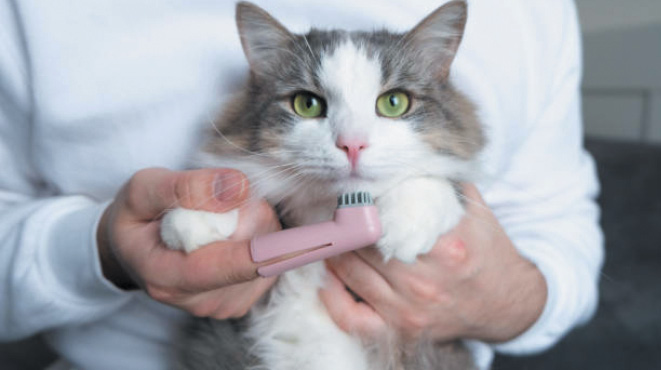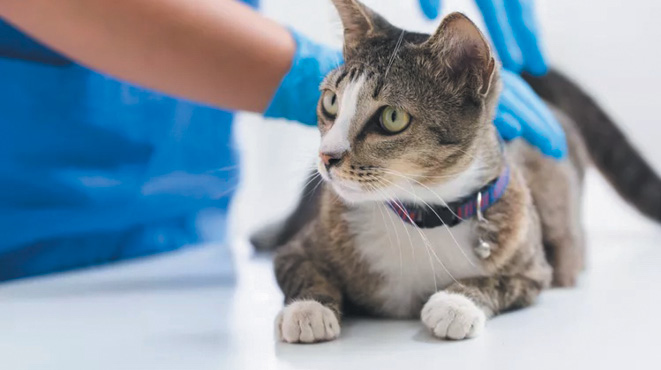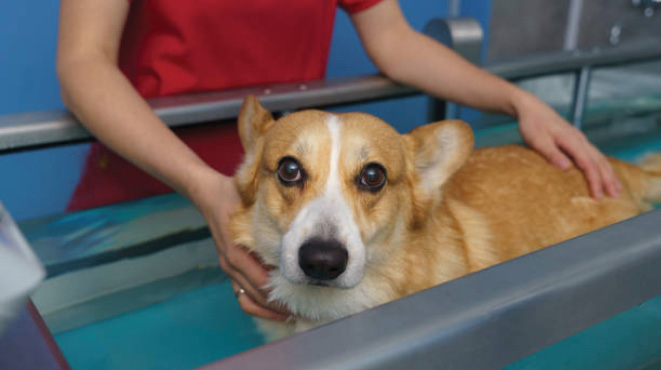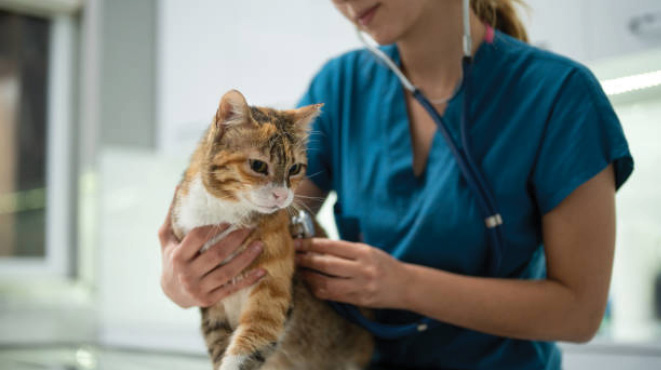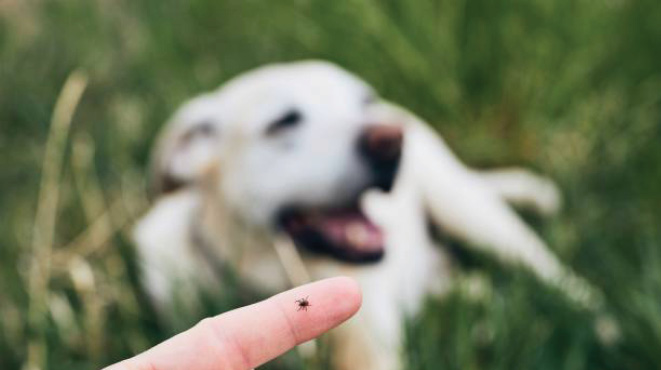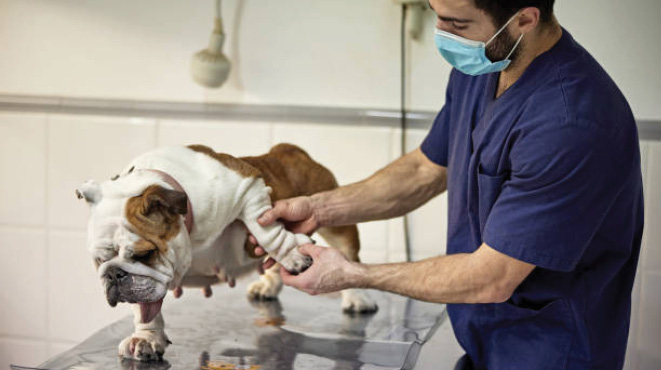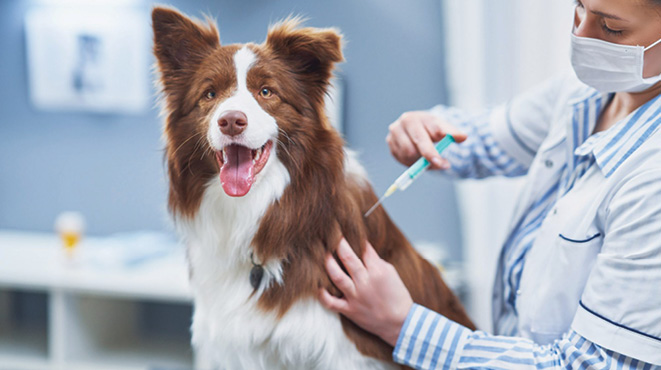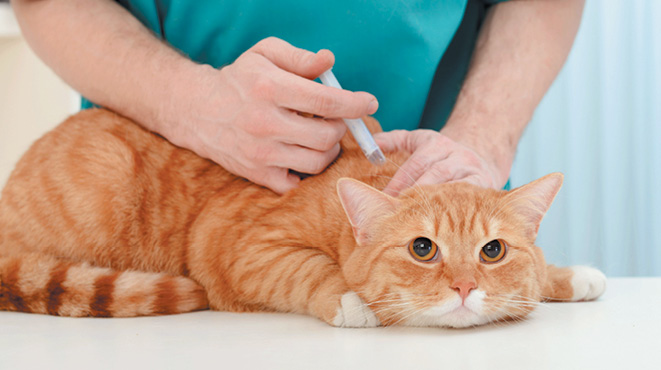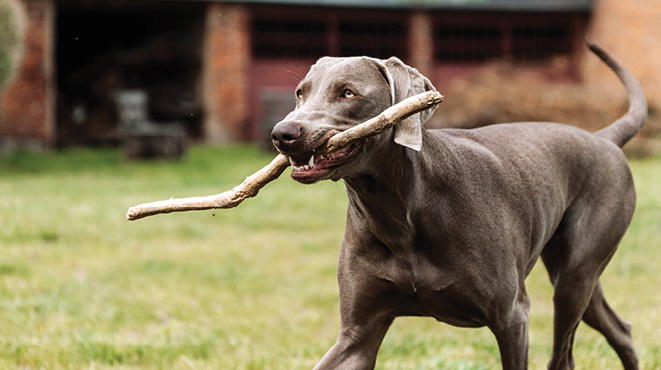BY DR NICKY THOMAS, WYNNUM MANLY VETERINARY HOSPITAL
Ear infections are a very common skin disease in many dogs (and less commonly in cats) and often the cause of repeated vet visits.
There are a couple of factors which make our pets more prone to ear infections. The first of these is the shape of the ear canal. Unlike the human ear canal which goes straight in, a dog’s ear canal has both vertical and horizontal canals. This forms a “j” shape and allows ear wax, skin oils and other debris to accumulate deep in the canal. Bacteria and yeast which live in the normal ear canal feed on this material and multiply, leading to clinical signs of ear infection.
The second factor which increases the likelihood of ear infection is anything which leads to an increase in the amount of wax present. Allergic skin disease is a very common cause of ear infections. Other causes include parasites (e.g. ear mites), foreign bodies lodging in the ear canal (e.g. grass seeds), a narrow ear canal (often seen in breeds such as shar peis) or excess hair growth in the ear canal (typical in breeds such as poodles and schnauzers).
Signs of ear infection include a discharge or odour from the ear, head shaking or scratching of the ears or pain on handling around the head.
Commonly yeast infections will present with a “vegemite” type wax while bacterial infections may result in pus or bleeding from the ear.
The treatment of ear infections involves examination of the ear canal to check for the presence of mites or foreign bodies; microscopic examination of the discharge to look for yeast or bacteria; cleaning of the excess wax and debris from the ear canal and medicated drops to treat underlying infections. With the increasing frequency of allergic skin disease there is often the need for allergy medications to help reduce itching and inflammation in the ear canals to reduce the risk of infection developing.
Ongoing prevention of ear infections may involve plucking excess fur from the canals and regular flushing with a pet-specific ear cleaner to help remove wax.
If your pet suffers with ear infections it is important to regularly check their ears and ensure they are kept clean and dry.







